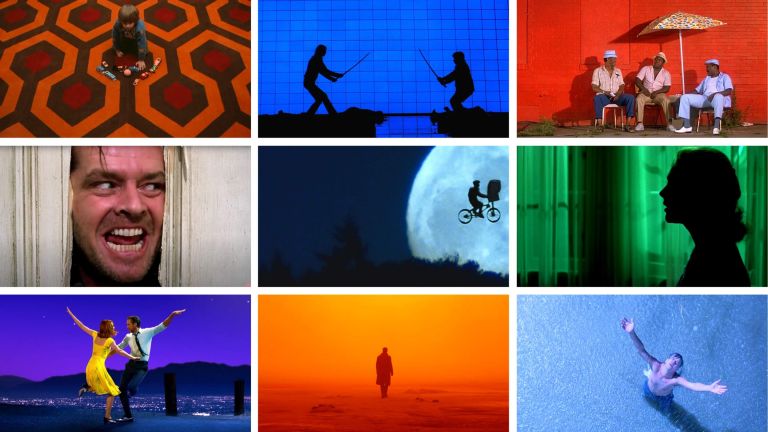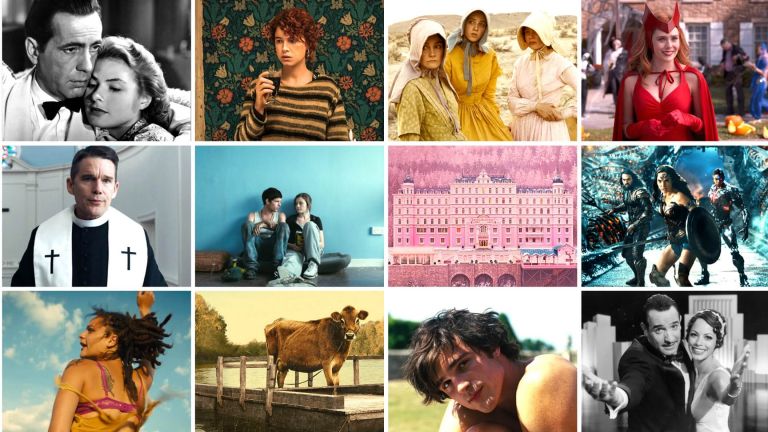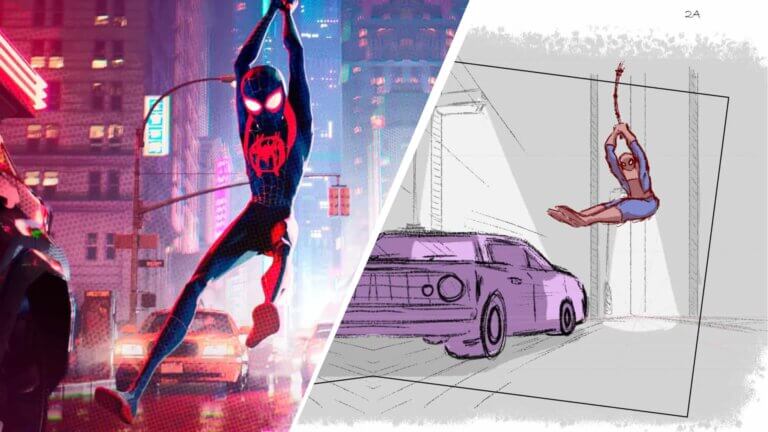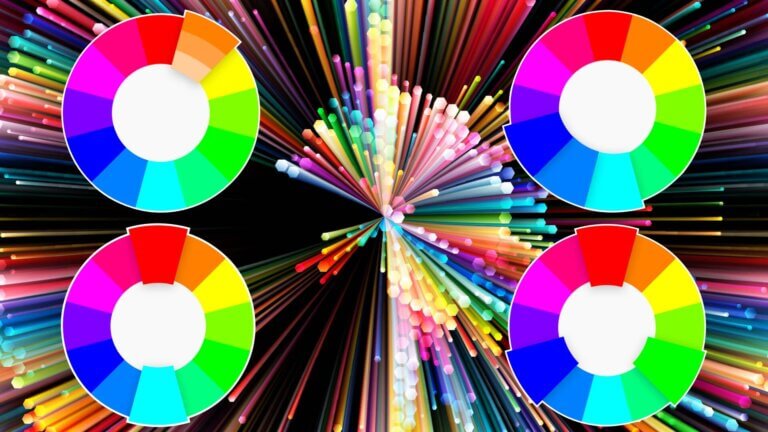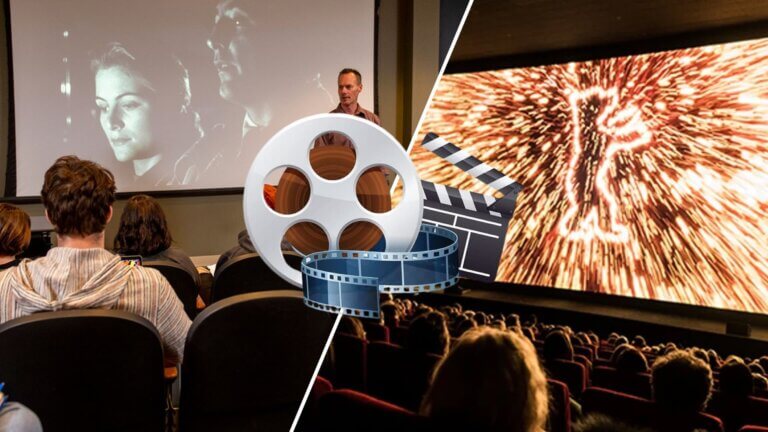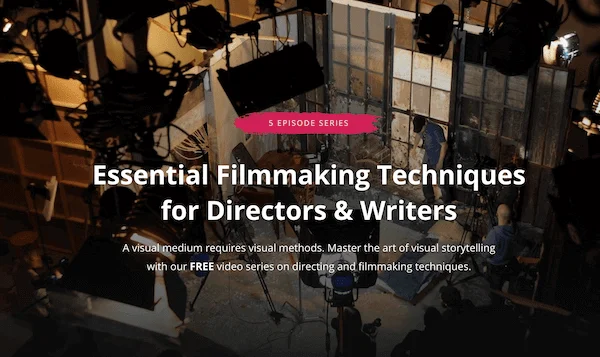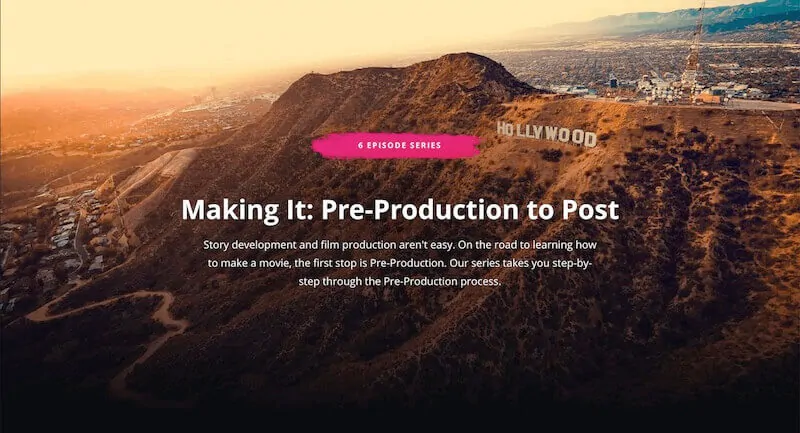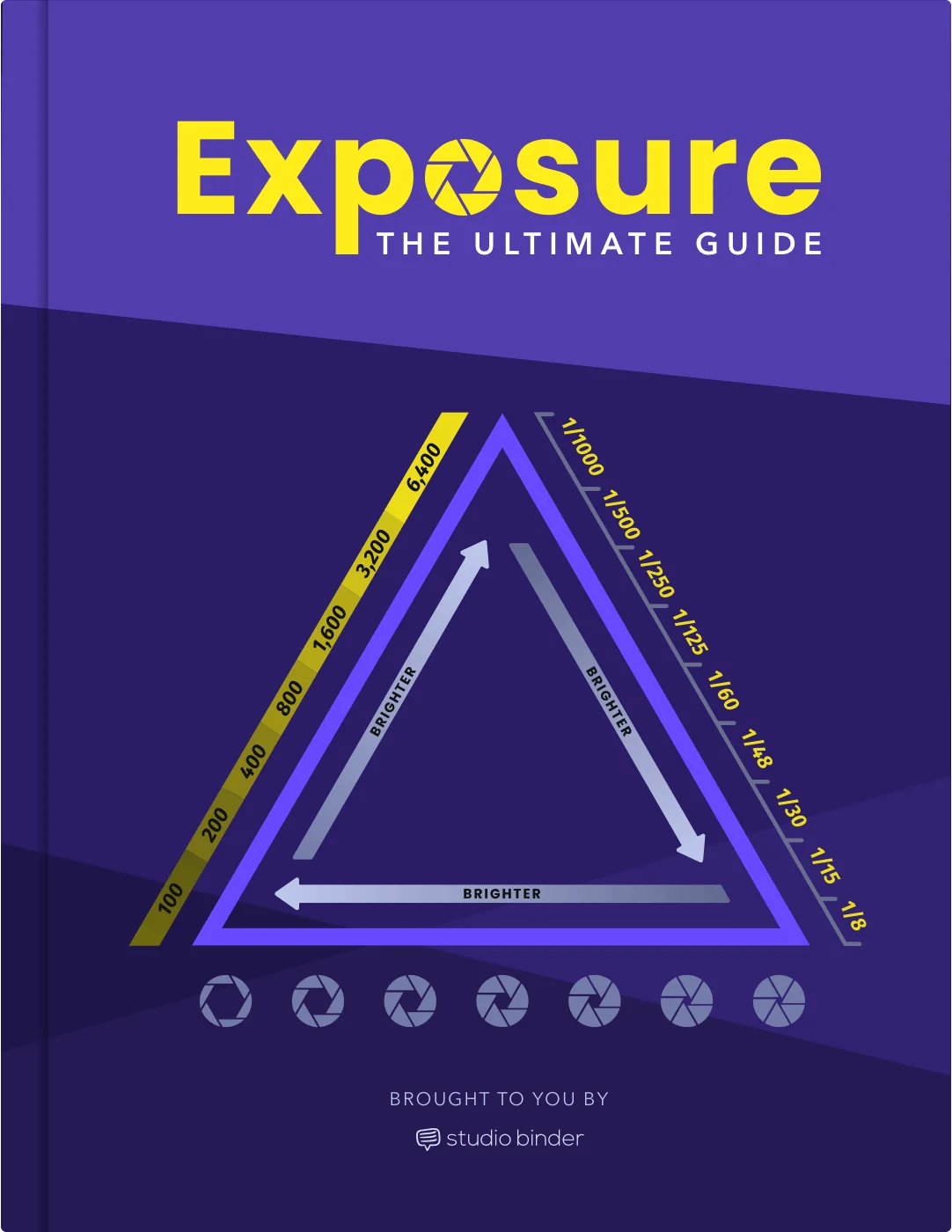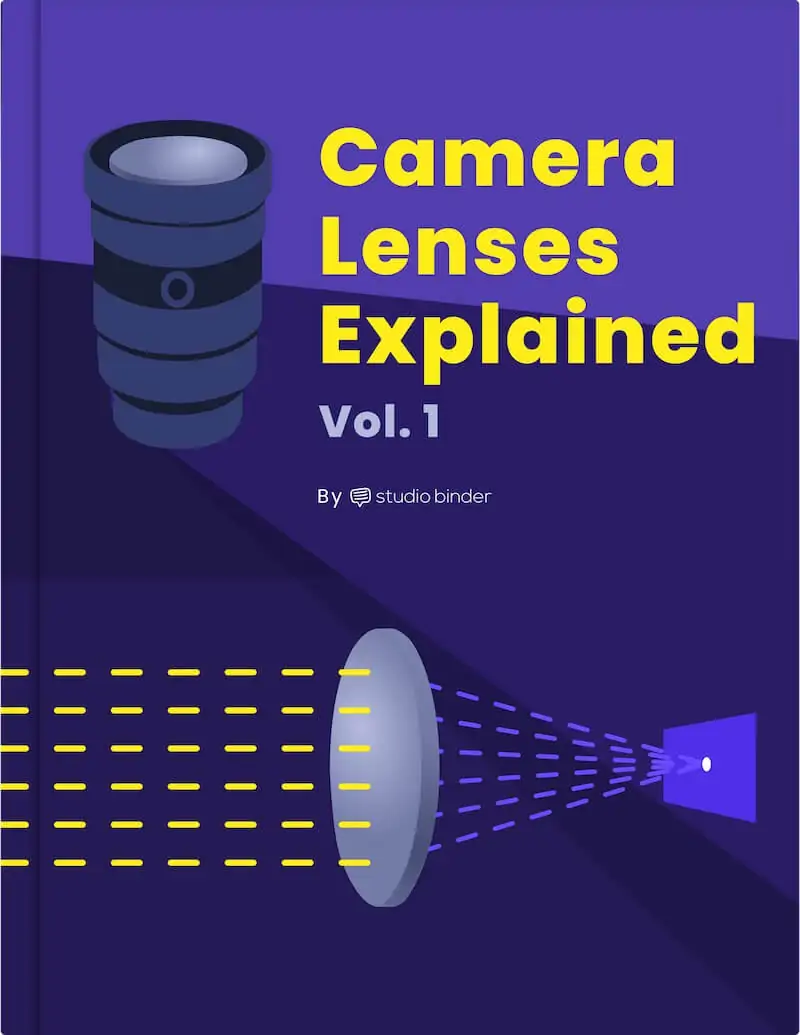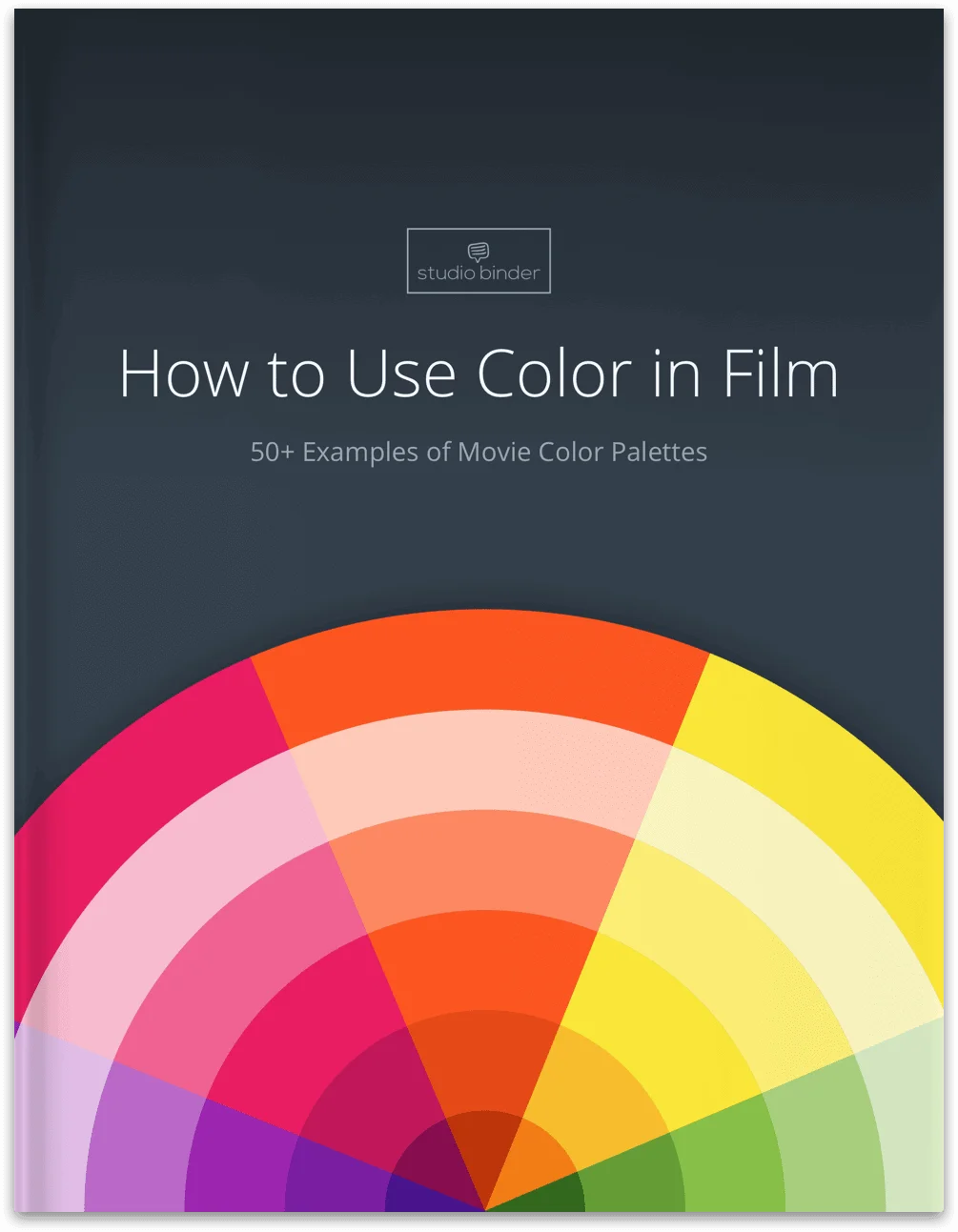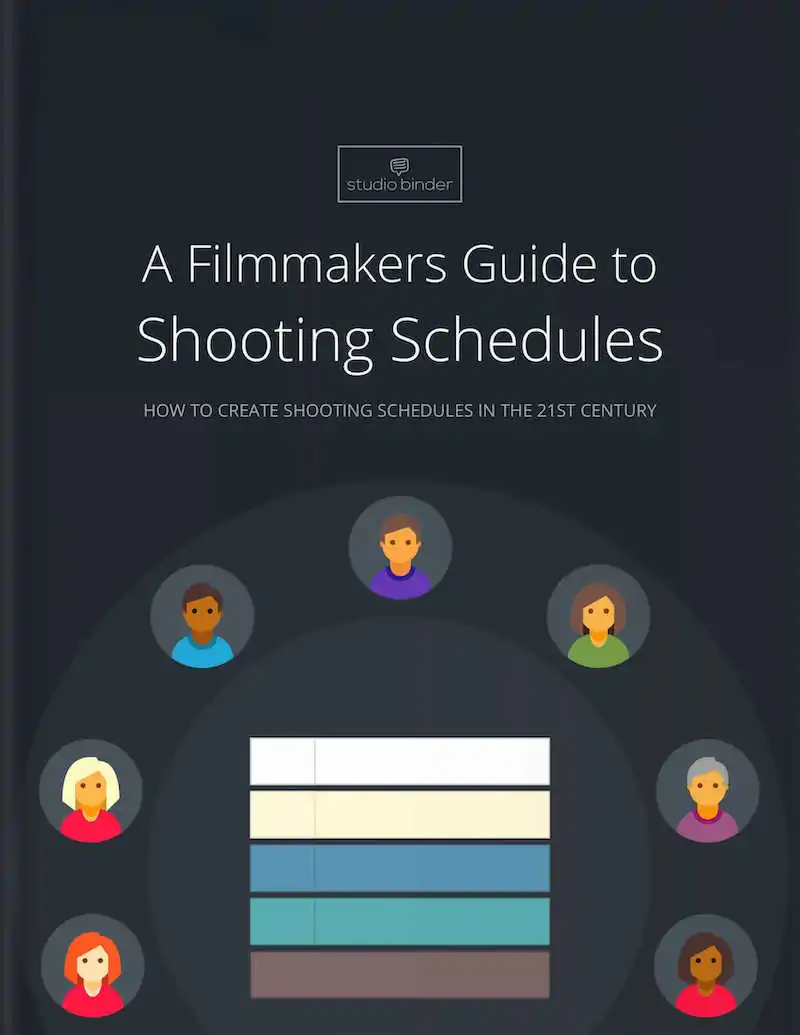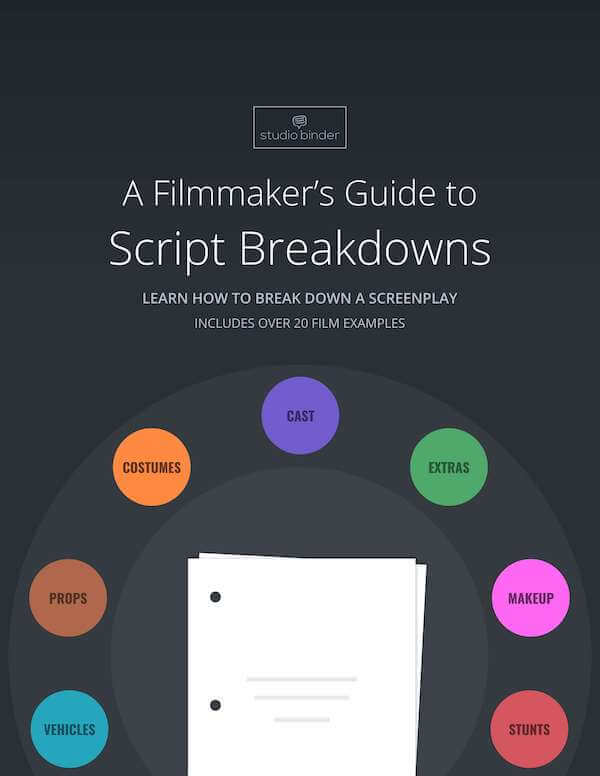Screenplay transitions in cinema have been used ever since filmmakers had the ability to edit. At first, what was a simple cue to an editor of when to cut to another shot or scene has become another tool for a filmmaker to creatively tell a story. Fades, wipes, and match cuts are a few examples of how the transition has evolved to more creative uses. It is important for any screenwriter to understand the format and use of transitions in a screenplay to make them a more well-rounded writer. Let’s dive into how to write transitions in a script and…
How to write a short film script that gets noticed? That’s the question every aspiring filmmaker should be asking. A powerful short can be your calling card—a five-minute knockout that opens doors, wins festivals, or launches a career. But most short film scripts never leave the page. To stand out, you need more than just a clever idea—you need structure, clarity, and purpose. In this guide, we’ll break down how to write a script for a short film that hits hard and lingers long after the credits roll.Let’s jump in!SHORT FILM DEFINITIONWhat is a short film?A short film is a…
You’re looking for a list of the different types of camera shots and shot sizes in film, TV, or animation, but you also want great examples that come with clear explanations of when and why to use a specific shot size. We’ll provide you with a downloadable shot list example with all the different types of camera shot sizes in film. Lezgo.Continue reading Guide to Camera Shots: Every Shot Size Explained
What is something each and every story ever told has in common? If you guessed “a setting,” you’d be correct! When your narrative involves characters and motivation, a setting is almost always a given. Sometimes a setting is massive and expansive, while other times it’s small and intimate. So what is a setting, what does setting mean, and how can it be presented, identified, and crafted? We’ll go over a basic setting definition before embarking on an adventure full of helpful info and setting examples. Continue reading Setting Examples — How to Use Time and Place in Film & Lit.
Long ago, when all television screens and computer monitors looked alike, they shared the same aspect ratio of 4 by 3. It dominated the way early cinema and television looked, but it was not meant to last. In the 21st century, new and emerging technology has resulted in more aspect ratios, like 16:9, leaving 4:3 as somewhat of a relic. But what is 4:3 aspect ratio, how did it get started, and why has it started popping up again in some movies? Continue reading What is 4:3 Aspect Ratio — And Why Do Filmmakers Still Use It?
Whether you’re making an animated commercial, a live-action short, or a feature film, animatics will help ensure a solid finished product. You’ve probably heard of storyboards and might have seen animatics before, even if you didn’t know that’s what they’re called.So, what is an animatic and what makes them so useful?In this post, we’re going to provide an animatic definition, discuss the reasons why any project can benefit from them and provide some real-world examples. The process of how to make an animatic is much simpler than it might sound. If you’ve already generated storyboards, you're just one step away.Continue…
Color is an integral part of visual art – but how do we know it’s so important? Well, one way is through the application of color theory. What is color theory? We’re going to define color theory, then break down a variety of color theory examples from paintings, photographs, and films to see how color is used as a tool for expression. By the end, you’ll know the history of color theory and how to apply it.Continue reading What is Color Theory — A Guide for Image Makers
What is film theory? Is it just the theory of film? Or is it something more? Fear not, we’re going to answer the question “what is film theory?” with a film theory definition. We’re also going to examine a variety of different aspects of film theory, both technically and theoretically. By the end, you’ll know what film theory is, how to apply it, and why it’s important to the study of media.Continue reading What is Film Theory — How to Study Film (And Why)
The aesthetic of Wes Anderson can be seen from miles away. His directing style is delicate but deliberate, and his eye for color and set design is undeniable. Quirky character after quirky character, they all remain strangely original. Each costume seems to be tailored to their personalities, and the extraordinary little performances we experience in each film feel more like reading a storybook than watching an actual movie. So here are the best Wes Anderson movies ranked. Continue reading Best Wes Anderson Movies — His Entire Filmography Ranked
Tired of scrolling through Netflix? Feeling lonely? Searching for 'the one'? No matter what prompted you to Google "best romantic comedies," by the time you leave, two things are certain: you’ll be inspired to make your own list of favorites and you’ll open up that ice cream tub and turn on the TV. So, without further ado, here are the best romantic comedies of all time.Continue reading Best Romantic Comedies of All Time, Ranked for Romantics


